The cassowary is often referred to as a modern-day dinosaur due to its prehistoric appearance and lineage. Standing tall in the dense rainforests of Northern Australia and New Guinea, these majestic birds are as mysterious as they are magnificent. As environmental pressures mount, efforts to protect and expand their habitat have become more crucial than ever. This article delves into the life of the cassowary, the challenges they face, and the conservation efforts underway to ensure their survival.
Understanding the Cassowary
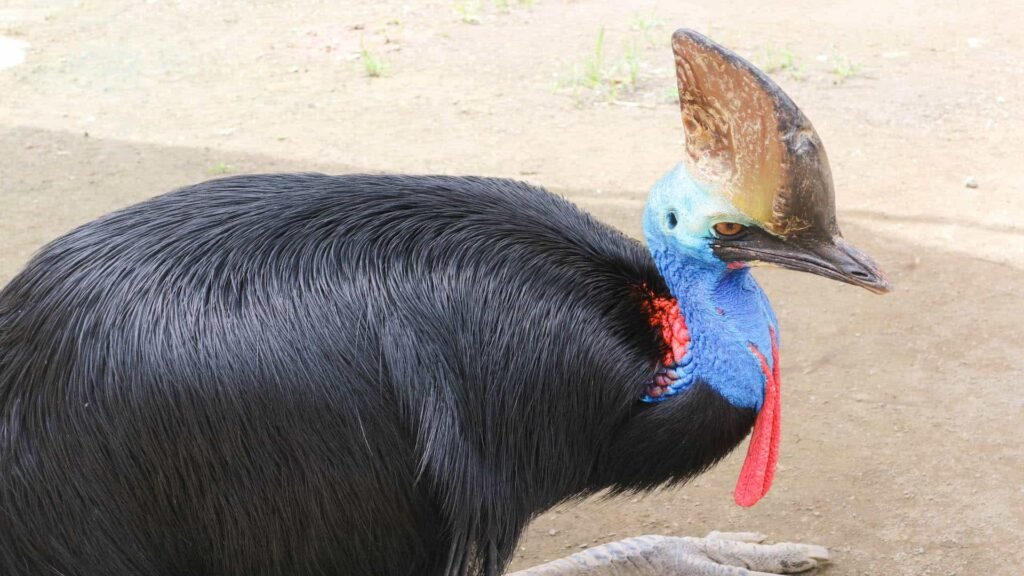
The cassowary is one of the world’s largest flightless birds, second only to the ostrich. Characterized by their striking black plumage, bright blue neck, and horn-like casque on their heads, these birds are a marvel of evolutionary adaptation. Found predominantly in the tropical rainforests of Northern Australia and New Guinea, cassowaries play a pivotal role in their ecosystems as seed dispersers, aiding in the growth and maintenance of rainforest biodiversity.
A Glimpse into Cassowary Behavior
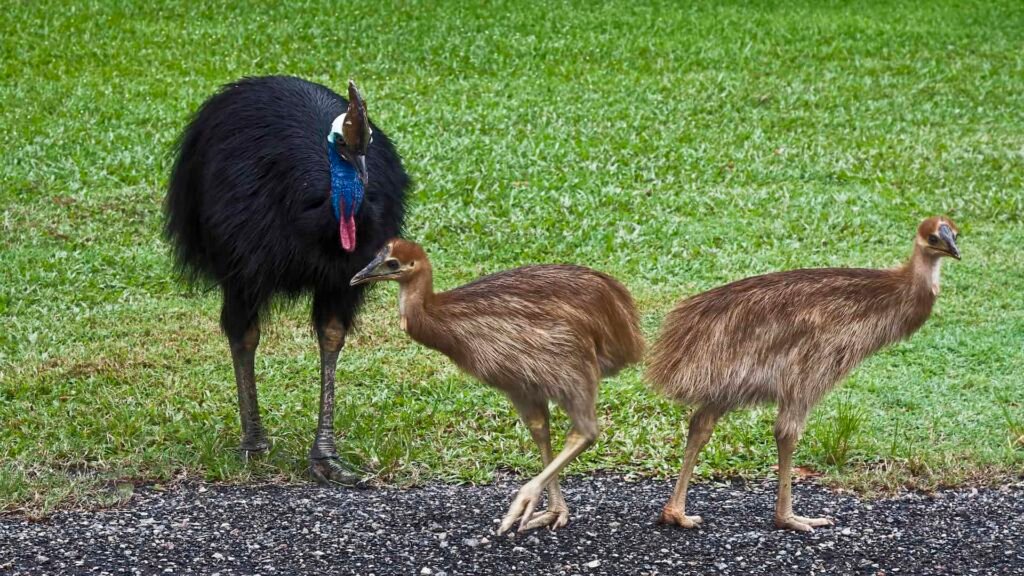
Cassowaries are generally solitary creatures, coming together only during mating seasons. They are known for their secretive nature and prefer to remain hidden within the dense forest undergrowth. Despite their size, cassowaries are remarkably elusive, making them difficult to study in the wild. This solitary nature, along with their unique plumage and helmet-like casque, lends an air of mystery to these so-called “last dinosaurs.”
The Role of the Cassowary in the Ecosystem
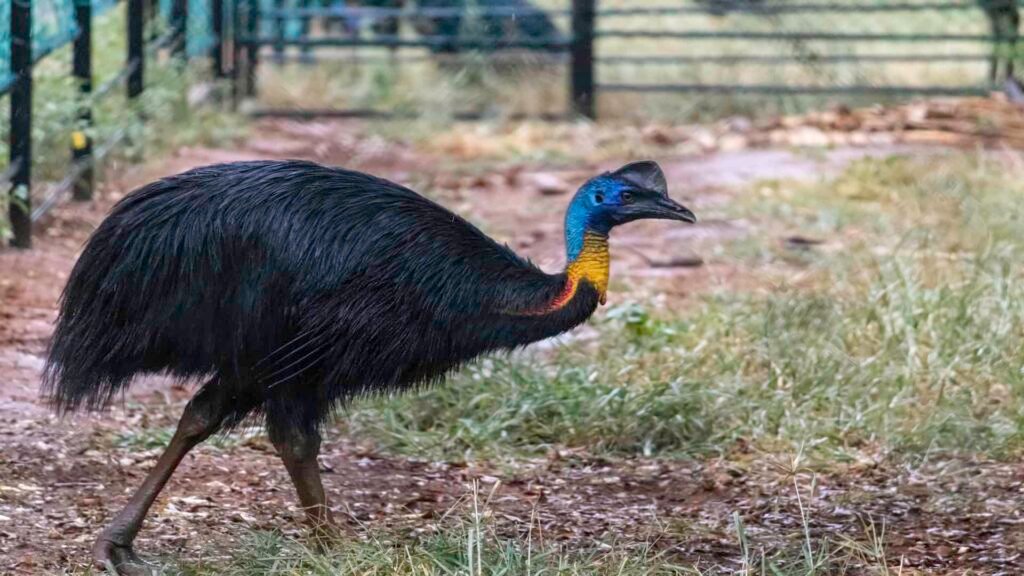
Cassowaries are key players in rainforest ecology. They are frugivores, meaning their diet consists mainly of fruit—a feature that positions them as essential agents of seed dispersal. By consuming large quantities of fruit and transporting seeds across vast distances, cassowaries facilitate plant reproduction, thereby contributing to forest regeneration and plant diversity.
Challenges Facing Cassowaries
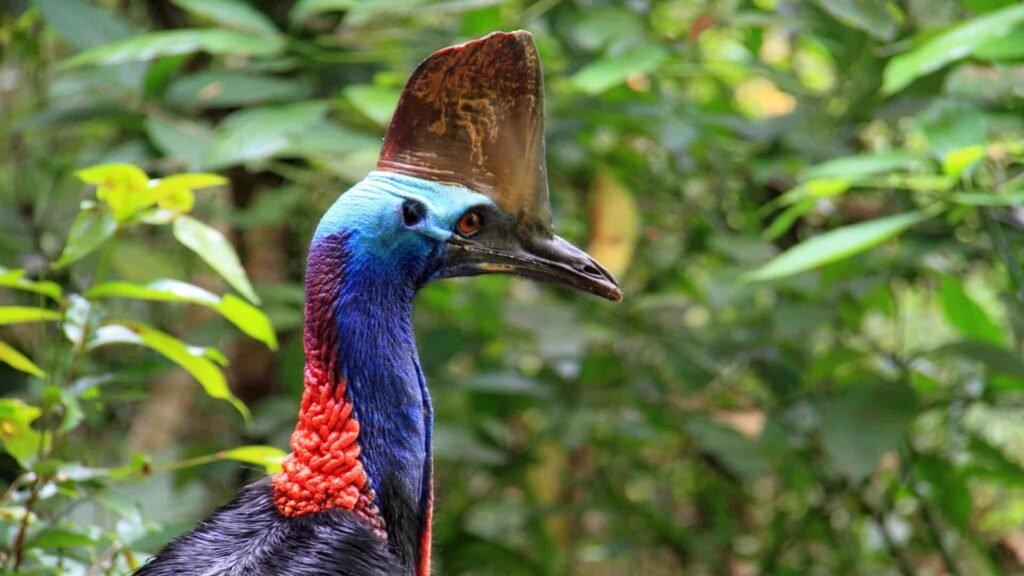
Despite their ecological importance, cassowaries face a myriad of threats. Habitat loss due to deforestation, urban expansion, and agriculture is a significant challenge. Road accidents and dog attacks further compound their vulnerability. With such dangers looming, the cassowary population is under constant threat, necessitating urgent conservation efforts to protect these avian giants.
Conservation Efforts in Northern Australia
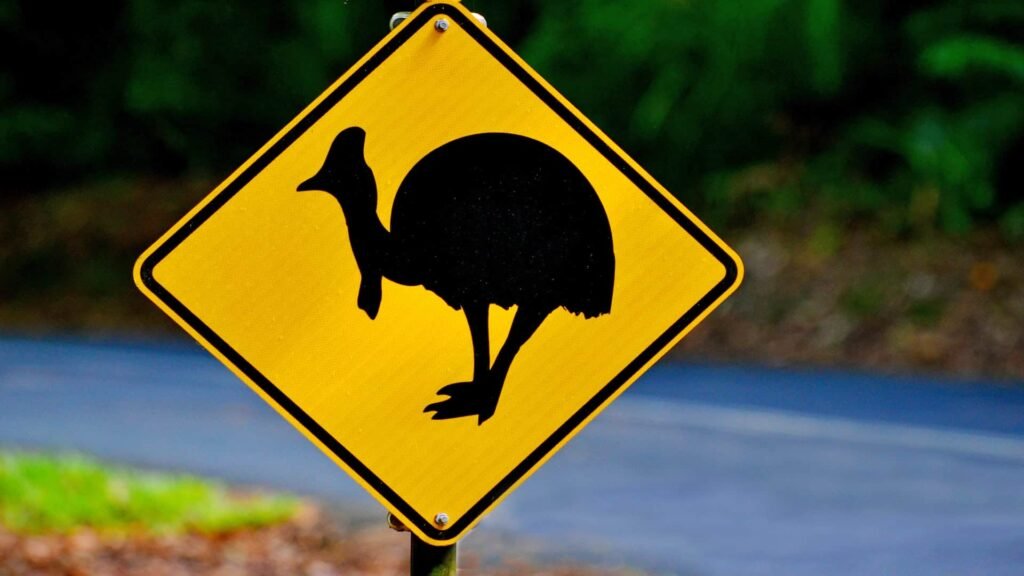
Conservationists in Northern Australia are implementing strategies to safeguard cassowary habitats. Protected areas and wildlife corridors are being established to ensure cassowaries have ample space to roam. Educational campaigns aimed at raising public awareness about the importance of cassowaries are also underway, highlighting the need to drive responsibly and control domestic pets.
Community Involvement in Cassowary Protection
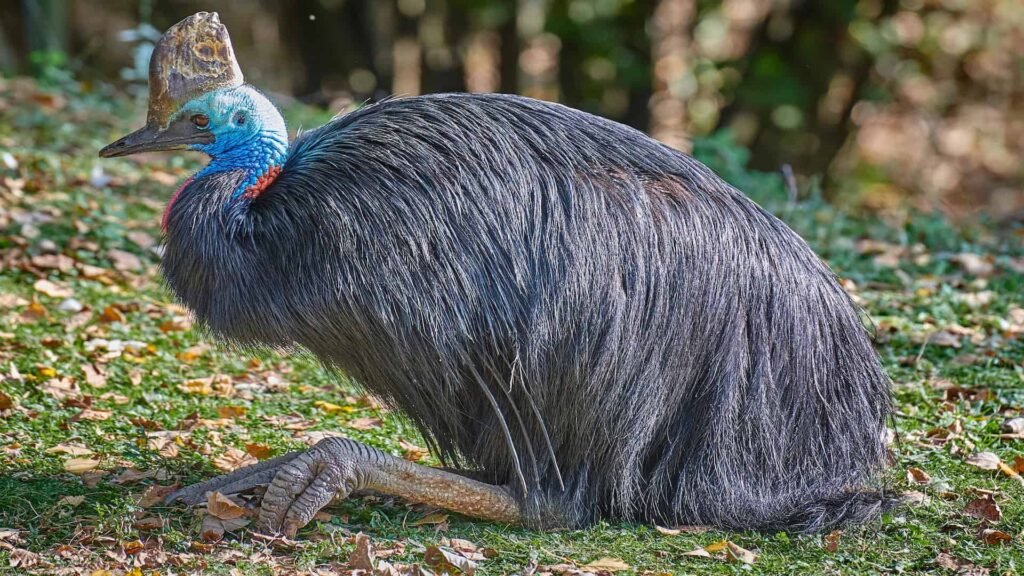
Engaging local communities is another pivotal aspect of cassowary conservation. Initiatives that involve residents in habitat restoration and monitoring activities have proven effective in promoting coexistence. By encouraging residents to participate, conservationists hope to foster a sense of stewardship over these remarkable birds and their environment.
The Future of Cassowary Habitat Expansion
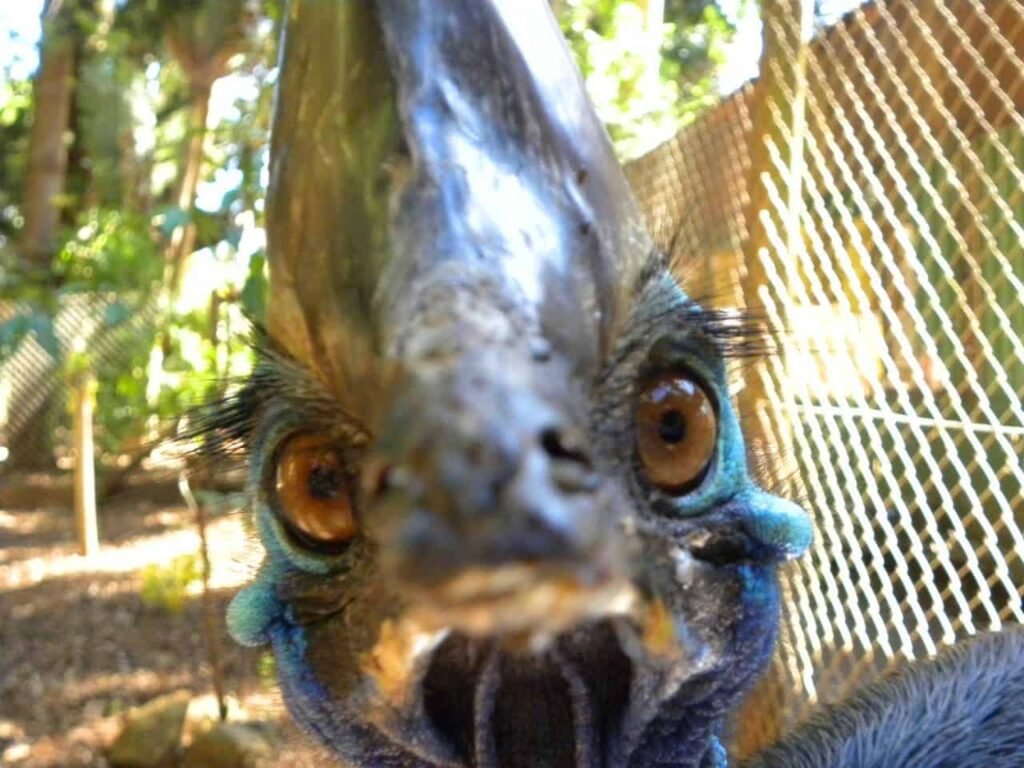
Sustainable development policies are crucial for ensuring the long-term survival of cassowaries. Efforts to balance human needs with environmental protection are gaining traction, with a focus on minimizing habitat fragmentation and promoting biodiversity. Innovative solutions, such as eco-tourism, are being explored to provide economic benefits while conserving cassowary populations.
Conclusion: Ensuring the Legacy of the Last Dinosaurs

The expansion of cassowary habitats in Northern Australia represents a significant step towards securing the future of these incredible birds. Through dedicated conservation efforts and community involvement, there is hope that cassowaries will continue to thrive in their natural environment. By safeguarding the rainforests they call home, we ensure that future generations can marvel at these enigmatic “last dinosaurs” and the richness of life they help nurture.




